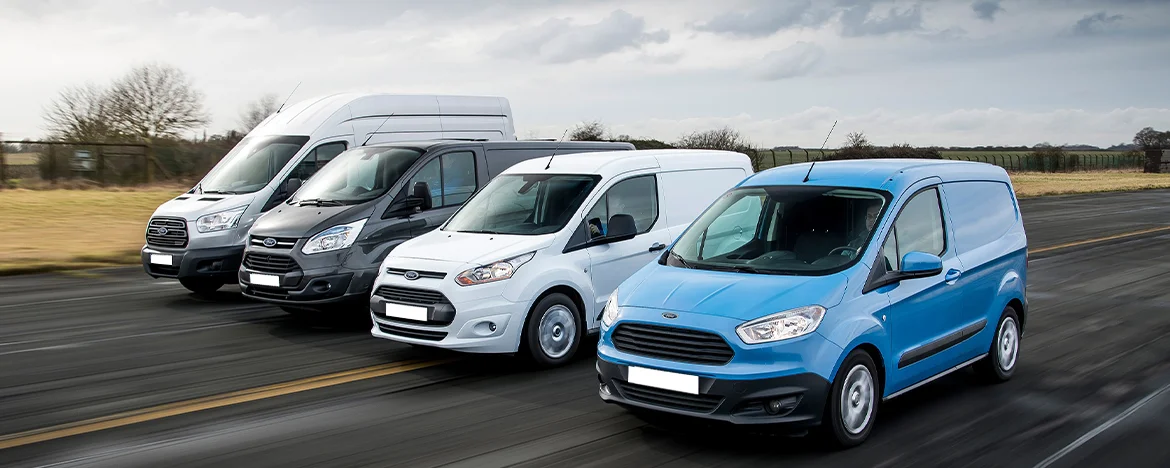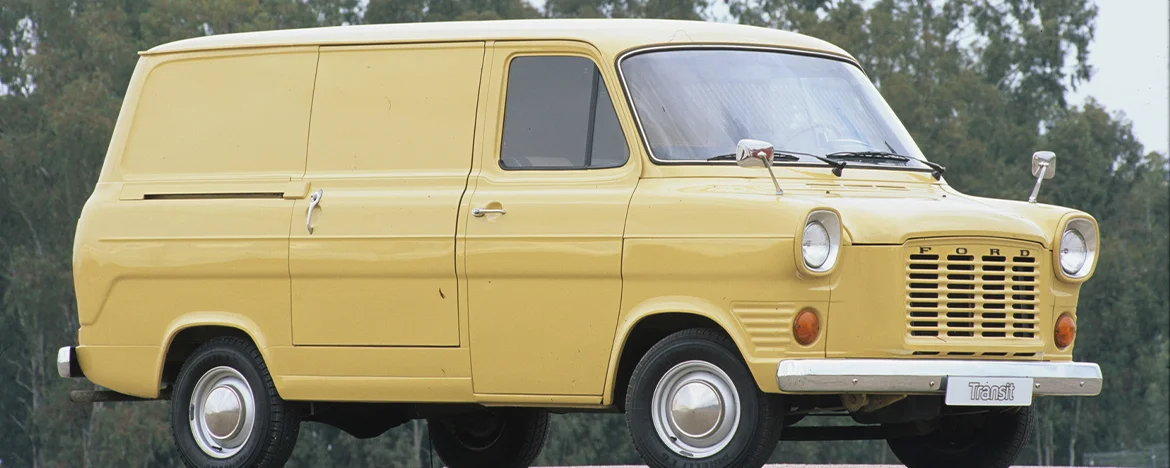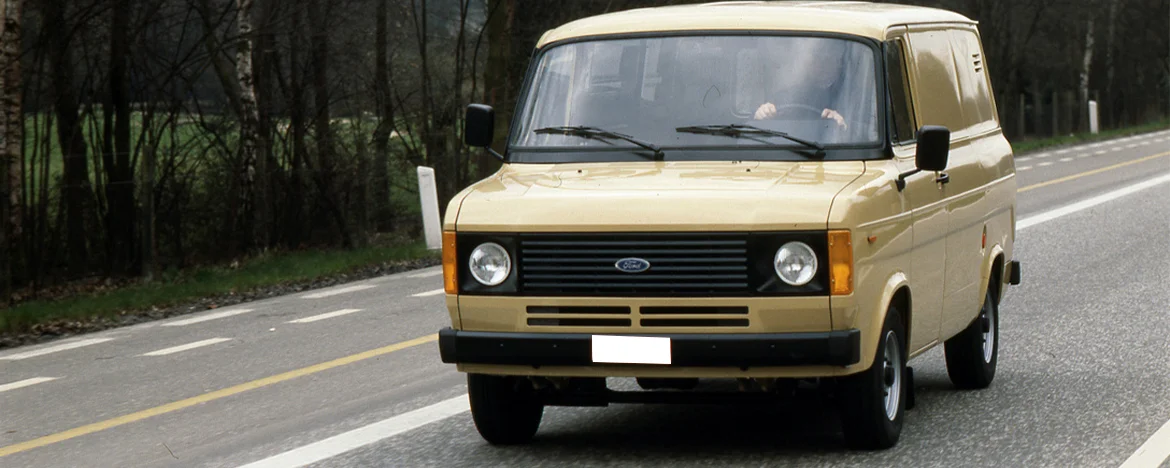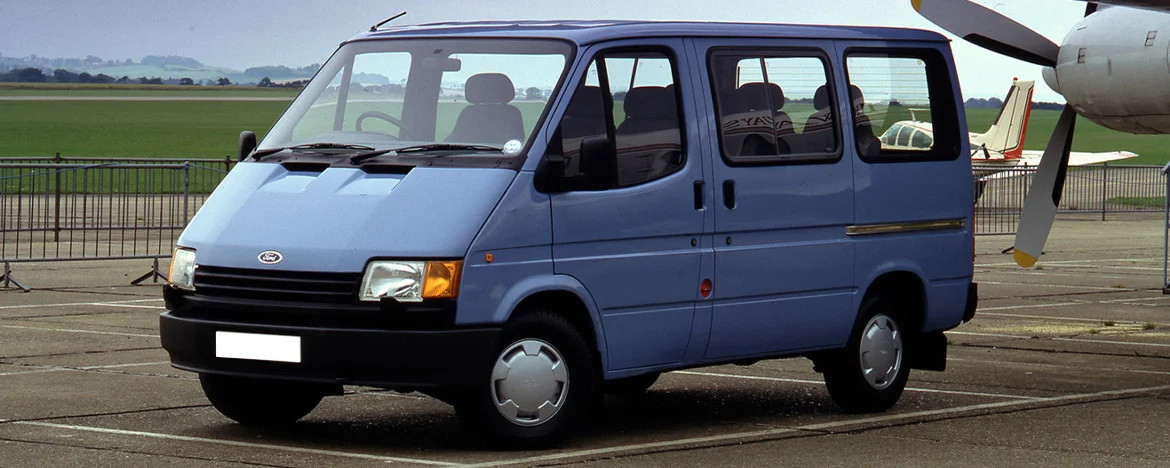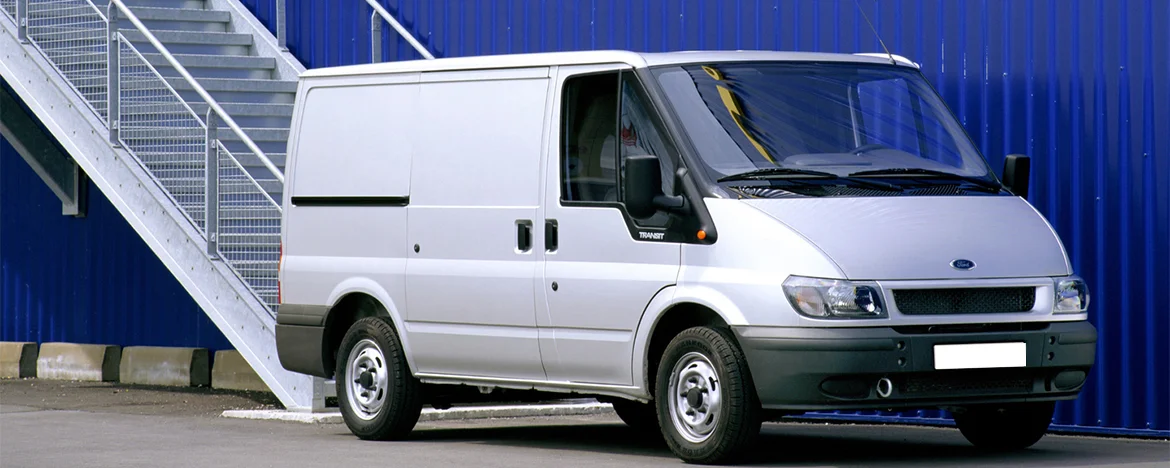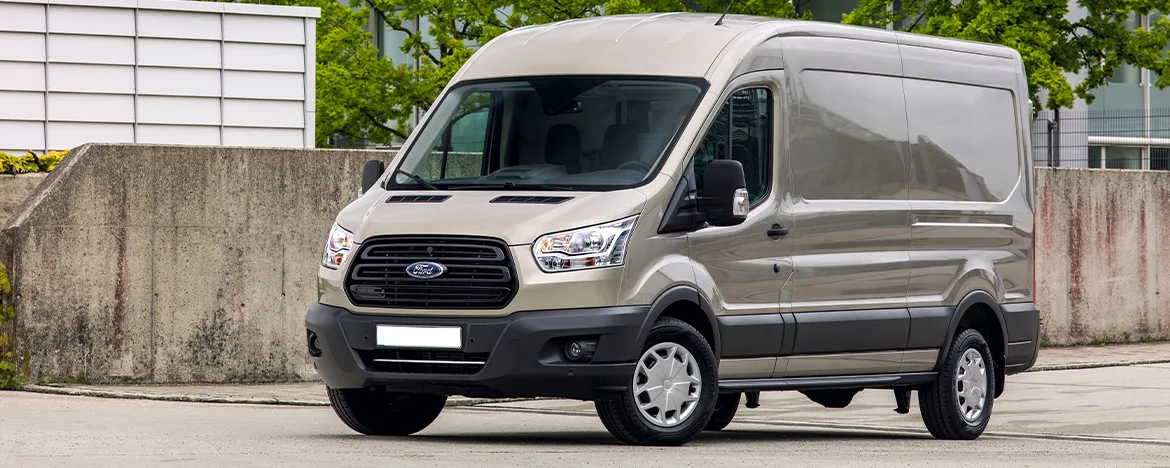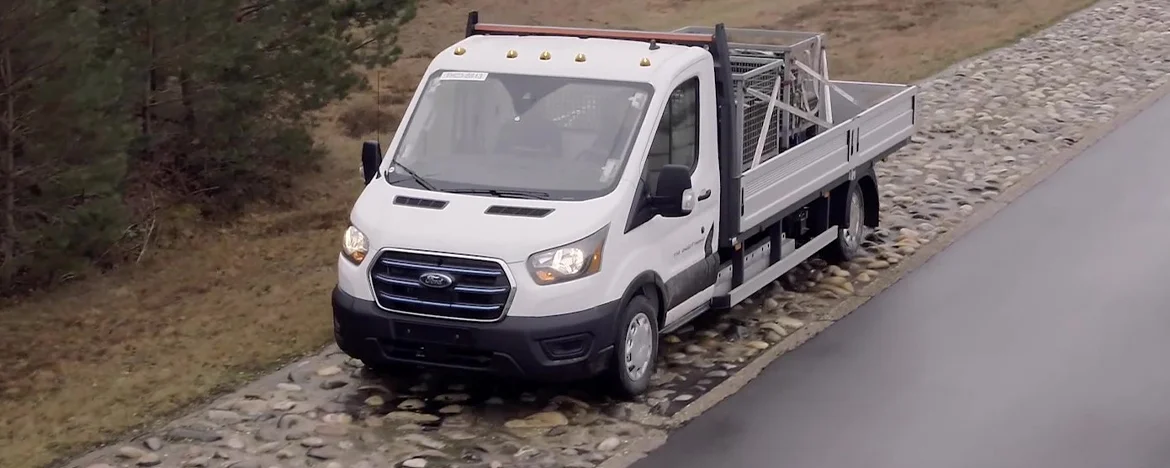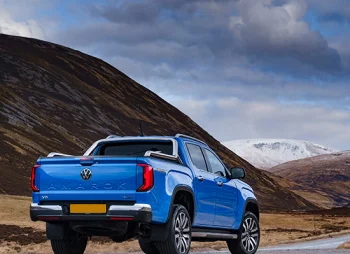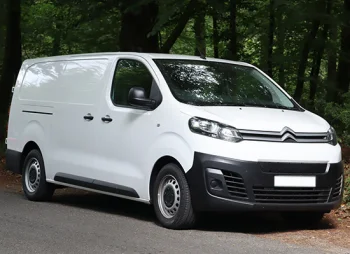The van that launched a thousand vans - the history of the Ford Transit
The Ford Transit has been a staple on our roads for over 50 years now.
It’s the van. The van that you imagine if someone said to you ‘picture a van.’ The Hoover of the van world.
The first Transit was officially launched 1965, but it has roots that go back even further to the 50s, when Ford Cologne released the Taunus Transit. It had a 1.3L engine and was similar to the Volkswagen Transporter.
The Taunus Transit was a success story – and it was the success of this van that inspired Ford to launch the van we know and love today.
The Transit has only grown in popularity through its lifetime, with Ford managing to keep up with the times through some major upgrades, additional tech and some choice facelifts.
In fact, the Ford Transit and the Ford Transit Custom are the two best-selling vans so far this year.
But just why is the Transit so enduring, why is it such a popular van lease, and what makes it iconic?

